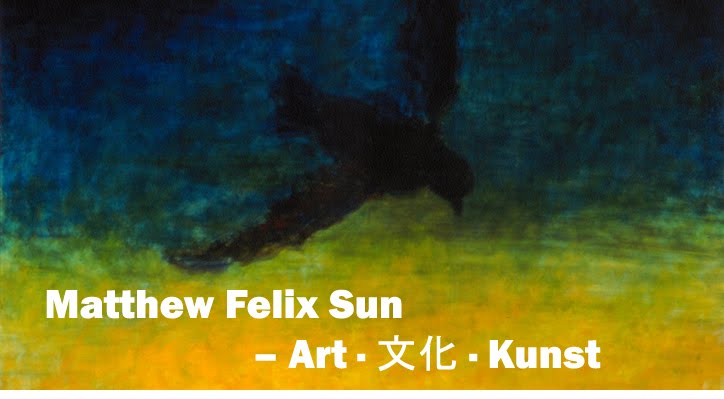Palazzo d'Accursio could be trace back to 14th century. It became the seat of the Anziani ("Elder"), the magistrates of the commune in 1336, and later one it served as the city's Town Hall until November 11, 2008. Palazzo d'Accursio had a large civic art collection, including furniture, frescoes, paintings and sculptures dating from the Middle Ages to the 19th century. It also housed the Museo Morandi, featuring artworks of the local boy, Giorgio Morandi; due to time constraint, I chose to skip it and concentrated on the ancient art.

Palazzo D'Accursio (Palazzo Comunale), Bologna








Before we entered the sumptuously decorated Palazzo, we encountered a special contemporary exhibit with political overtone (below). It was gratifying to see that such ancient an institution did not get ossified; rather, it remained relevant.


In contrast to the fine art museum Pinacoteca Nazionale di Bologna, Palazzo D'Accursio was a civic monument and it collected art works as well as civic artifacts, of the latter one could see in the perfect settings of corridors and rooms furnished with period pieces.





Madonna con Bambino, Annunciazione, San Giovanni Battista e San Giacomo Maggiore (below)




The most striking room in the Palazzo was the huge Farnese Hall, rebuilt in 1665 by Cardinal Girolamo Farnese: it was previously known as "Royal Hall", and here was crowned Charles V in 1530, as King of Italy (the imperial coronation instead took place in the neighboring Basilica of San Petronio). It has fresco decoration by pupils of Francesco Albani. The Chapel has frescoes by Prospero Fontana (1562). The Hall is decorated with stories of the city from the Middle Ages to the 17th century. [source: wikipedia]



There were more frescoes or fragments of them in other rooms and one could trace the stylistic changes with time - from restrained medieval style to the more sumptuous and decorative of the latter periods.



Madonna della Misericordia, c 1399, Pittore bolognese (left), Incoronazione della Vergine, Pietro di Giovanni (detto Tovaglie ?) (above); Madonna con Bambino, Annunciazione, San Giovanni Battista e San Giacomo Maggiore (below), Maestro di Paolo Varriano (right)


Incoronazione della Vergine, Pietro di Giovanni (delle Tovaglie ?)

Madonna dei Bastardini, Scuola bolognese




Vigilanza e Silenzio, Orazio Samacchini (right)


Irnerio (Irnerius)

Naturally, there was at least one sculpture of Nettuno (Neptune) in the Palazzo (below right), reflecting the city's most dominant and recognizable sculpture - Fontana del Nettuno, just outside Palazzo D'Accursio. Several other sculptures were very interesting too - though a tad too decorative and with less artistic freedom.



Testa di Atena Lemnia, plaster cast of late 1st Century BC

Most of the paintings on display fell into the same line as the sculptures there - a bit decorative and even sentimental, though never less than beautiful to gaze upon; yet, some genuine artistic energy was missing:

Uomo, Donato Creti

Donna, Donato Creti


Mercurio e Giunone, Donato Creti

Figure virile, Pietro Facciai (?)

Achille Trascina Ettore, Donato Creti

Ratto delle Sabine (Rape of the Sabine), Giacomo Zanchi Berloni
Amongst its many large scaled military and religious paintings, it was startling to encounter two simple portraits below - both pieces were small in dimensions but the worlds they represented seemed larger, thanks to its penetrating psychology and modernity, and the accomplished brush strokes of the artists. They were definitely my favorites in the Palazzo:

Ritratto di vecchino, Jacopo Robusti, detto il Tintoretto

Suntto per la testa di Gian Galeazzo, Pelagio Palagi
Also on display were two models of great interests - one was the model of the Palazzo itself, and the other was the model of ancient Bologna, with its hundreds of towers, of which a couple dozens remained with two most prominent ones emerging the symbol of Bologna:

Model of Palazzo D'Accursio (Palazzo Comunale)

Model of ancient Bologna
Related posts on Art · 文化 · Kunst:
- Basilica di San Petronio and San Domenico in Bologna
- Basilica Santuario Santo Stefano, Bologna
- Il palazzo dell'Archiginnasio, Bologna
- Bologna Wrap Up
- Cappella degli Scrovegni and Musei Civici degli Eremitani in Padova (Padua)
- Visiting Four Universities in Austria and Italy
- San Giorgio Maggiore, Il Redentore, Scuola e Chise Grande di San Rocco, Venezia
- Magical Piazza San Marco in Venice
- Magnificent Churches in Vienna
Label: Italy, Austria and Italy Trip 2012





No comments:
Post a Comment